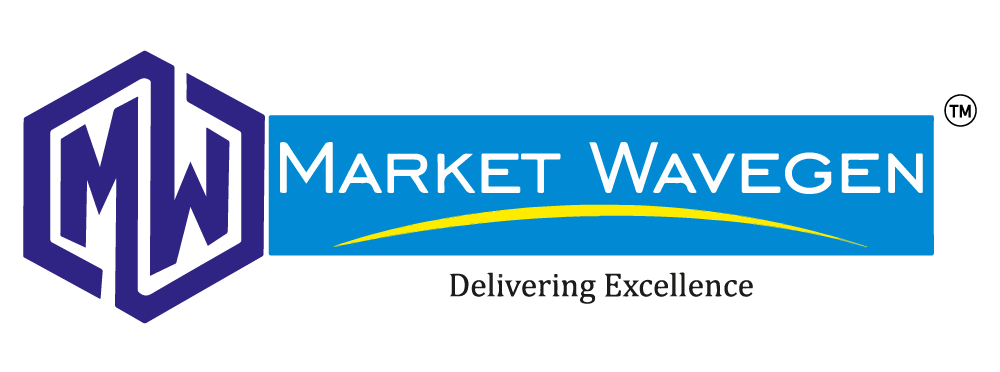Upselling and cross-selling are two powerful sales techniques that can boost revenue and customer loyalty for businesses of all sizes. However, to effectively upsell and cross-sell, it is crucial to understand your customer’s “why” – the underlying motivation behind their purchase decision. In this blog, we’ll explore how knowing your customer’s “why” can help you succeed in upselling and cross-selling and provide actionable steps for implementing these strategies.
Introduction to Upselling and Cross-Selling
Before we dive into the importance of understanding your customer’s “why,” let’s define the terms “upselling” and “cross-selling.” Upselling is the practice of offering customers a more expensive or upgraded version of the product or service they are considering, while cross-selling involves recommending complementary products or services that enhance the customer’s experience or solve related problems.
The Role of Understanding the “Why” in Successful Upselling
Effective upselling begins with understanding the customer’s motivation for making a purchase. By uncovering their “why,” you can identify opportunities to offer them products or services that better meet their needs or solve their problems. For example, if a customer is buying a laptop for work, understanding that they need it for graphic design work may provide an opportunity to upsell them to a model with a more powerful graphics card.
Identifying Complementary Products or Services Based on the “Why”
Similarly, cross-selling involves identifying products or services that complement the customer’s original purchase based on their “why.” By offering relevant add-ons, you can enhance the customer’s experience and provide additional value. For example, if a customer purchases a camera, offering them a tripod or lens that complements the camera’s capabilities can improve their photography results.
The Art of Presenting Upsell Opportunities Without Being Pushy
While upselling and cross-selling can be effective strategies, it is important to present them in a way that does not come across as pushy or aggressive. This means understanding the customer’s needs and presenting options that genuinely provide value. For example, if a customer is purchasing a gym membership, presenting a personal training package as an add-on can provide value by helping them achieve their fitness goals.
How Knowing the “Why” Facilitates Cross-Selling
Understanding the customers “why” can also facilitate cross-selling by identifying related products or services that solve additional problems or enhance the customer’s experience. For example, if a customer purchases a printer, offering them a discounted ink subscription can save them money in the long run and simplify the process of restocking their printer.
Showcasing the Value of Additional Products or Services
When presenting upsell or cross-sell opportunities, it is important to showcase the value of the additional products or services. This can be done by highlighting the benefits and features that are relevant to the customer’s needs and goals. For example, if a customer is considering a mid-range smartphone, highlighting the benefits of a higher-end model such as improved camera quality and storage space can help them make an informed decision.
Enhancing Customer Experience Through Personalized Recommendations
Upselling and cross-selling also offer an opportunity to enhance the customer experience by providing personalized recommendations based on their needs and goals. By demonstrating that you understand their “why” and can offer solutions that meet their unique needs, you can build trust and loyalty with your customers.
Monitoring Customer Satisfaction and Feedback
To ensure that your upselling and cross-selling strategies are successful, it is important to monitor customer satisfaction and feedback. This can be done through surveys, customer feedback forms, and other tools that allow you to gather feedback and make improvements where necessary. By continually refining your approach, you can ensure that you are providing value to your customers and building long-term relationships.
How Upselling and Cross-Selling Contribute to Business Growth
Upselling and cross-selling can have a significant impact on business growth by increasing revenue and customer loyalty. By providing customers with personalized recommendations and relevant add-ons, you can increase the average transaction value and improve the overall customer experience. Additionally, by building trust and loyalty with your customers, you can increase the likelihood of repeat business and positive word-of-mouth referrals.
Summary and Steps to Implement Upselling and Cross-Selling Using the “Why”
Understanding your customer’s “why” is key to successful upselling and cross-selling. By identifying their underlying motivations, you can present relevant add-ons and complementary products that enhance their experience and solve their problems. To implement these strategies, follow these steps:
Listen to your customers and ask questions to uncover their needs and goals.
Identify complementary products or services that enhance the customer’s experience or solve related problems.
Presents upsell and cross-sell opportunities in a way that highlights the value and relevance to the customer’s needs and goals.
Monitor customer satisfaction and feedback to continually refine your approach and improve the overall customer experience. By following these steps and leveraging the power of upselling and cross-selling, you can increase revenue, build customer loyalty, and drive business growth.

